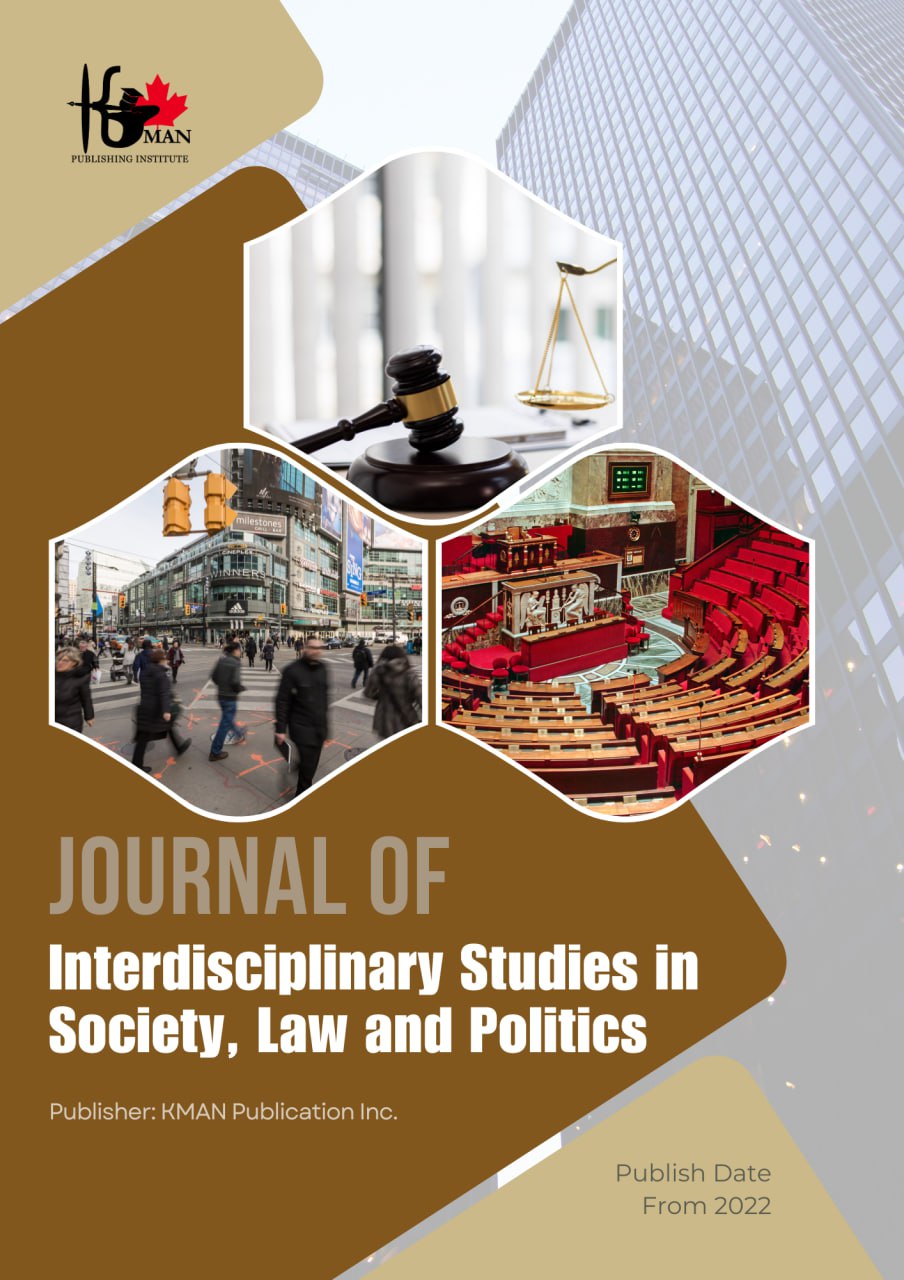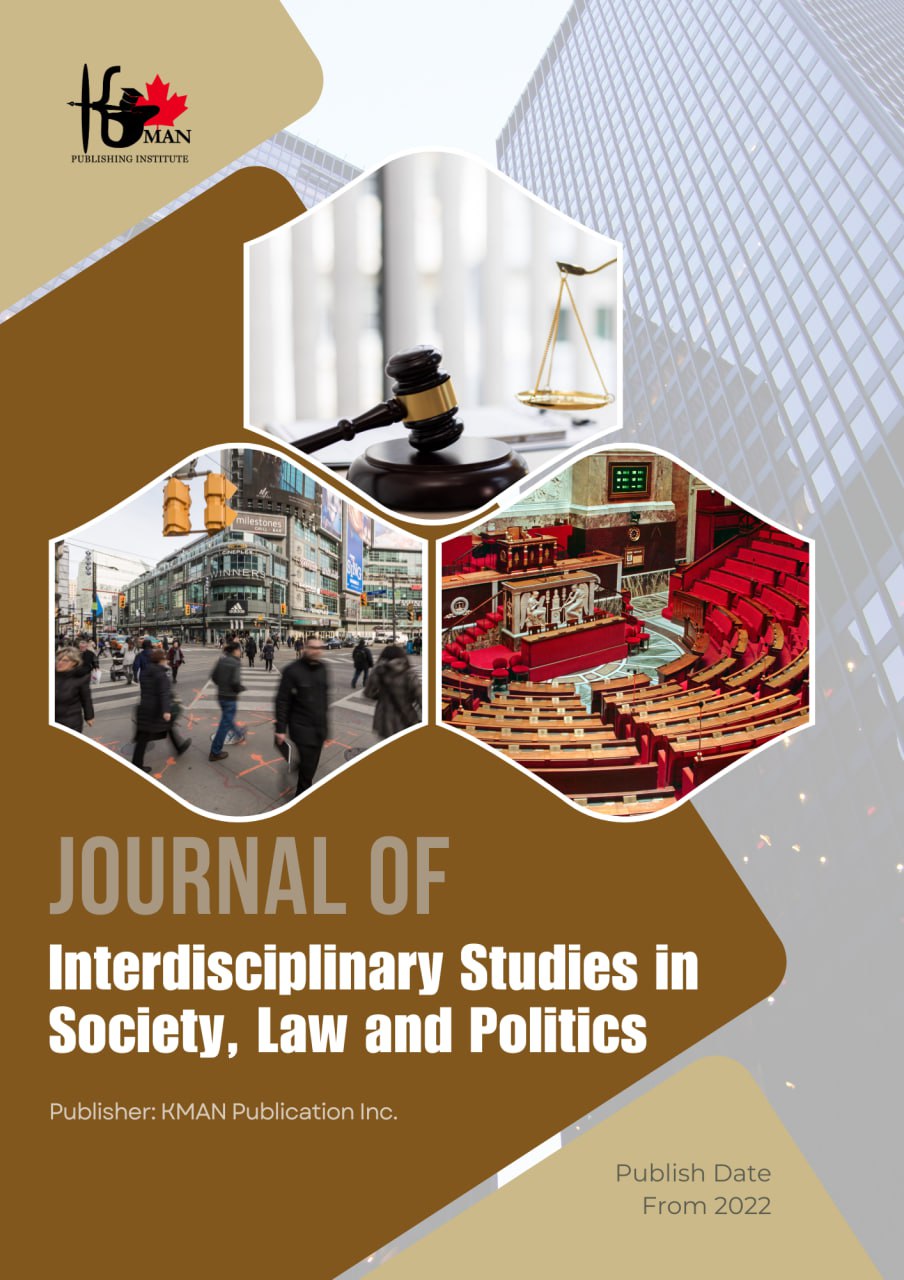The Evolution of the Concept of Criminal Justice from Punishment-Centeredness to Dejudicialization: A Study on the Functions of Restorative Justice
Keywords:
restorative justice, criminal justice, dejudicialization, criminal policy, historical evolutionAbstract
Throughout its historical development, criminal justice has evolved from a punishment-centered system toward more humane and reconstructive approaches. The purpose of this study is to explain the role and functions of restorative justice in this transformation and to examine its capacity in advancing dejudicialization policies within the contemporary criminal justice system. Within the theoretical framework, restorative justice is introduced as an alternative model to the classical punitive system, seeking to shift the focus from punishing the offender toward restoring social relations, compensating the victim’s losses, and promoting community participation in conflict resolution. The research method is descriptive–analytical, based on documentary analysis and conceptual interpretation of historical and criminological texts. Data were collected from both domestic and comparative criminal law sources and interpreted through a theoretical inference method. The findings indicate that restorative justice, through mechanisms such as mediation, arbitration, and voluntary compensation, can not only reduce judicial interventions but also perform diverse legal and social functions in rebuilding public trust and alleviating the burden on the criminal justice system. Accordingly, restorative justice should not merely be viewed as a substitute for punishment but as an evolutionary stage in the transformation of the concept of criminal justice toward dejudicialization.
Downloads
References
Abbasi, M. (2003). Restorative Justice, A New View of Criminal Justice. Law and Politics Research(9).
Bazemore, G., & Umbreit, M. (2001). A Comparison of Four Restorative Conferencing Models.
Braithwaite, J. (1989). Crime, Shame, and Reintegration. Cambridge University Press. https://doi.org/10.1017/CBO9780511804618
Braithwaite, J. (2006). Restorative Justice. Legal Research(43).
Christie, N. (1977). Limits of the Courts and the Importance of Mediation. Journal of Conflict Resolution.
Dignan, J. (2005). Understanding Victims and Restorative Justice. McGraw-Hill Education.
Gholami, H. (2011). Restorative Justice.
Javan Ja'fari Bojnourdi, A., & Khabbazi Khader, S. T. (2022). Surveying the Effect of Punishment on Financial Victims in the Context of Restorative Justice. Legal Research Quarterly, 25(99).
Najafi Abrandabadi, A. H. (2016). From Classical Criminal Justice to Restorative Justice. Theology and Law (Amuzeh Haye Hoghughi)(9 and 10).
Umbreit, M. (2001). The Handbook of Victim Offender Mediation: An Essential Guide to Practice and Research. Jossey-Bass.
Van Ness, D. W., & Strong, K. H. (2014). Restoring Justice: An Introduction to Restorative Justice. Anderson Publishing. https://doi.org/10.4324/9781315721330
Zehr, H. (2002). The Little Book of Restorative Justice. Good Books.
Zehr, H. (2011). The Little Book of Restorative Justice (Translator: Hossein Gholami ed.).
Zehr, H. (2012). Principles of Restorative Justice. Islah va Tarbiyat (Reform and Education)(124).
Downloads
Additional Files
Published
Submitted
Revised
Accepted
Issue
Section
License
Copyright (c) 2025 Amin Amirian Farsani (Corresponding author); Mohammad Hasan Mirshekari (Author)

This work is licensed under a Creative Commons Attribution-NonCommercial 4.0 International License.






